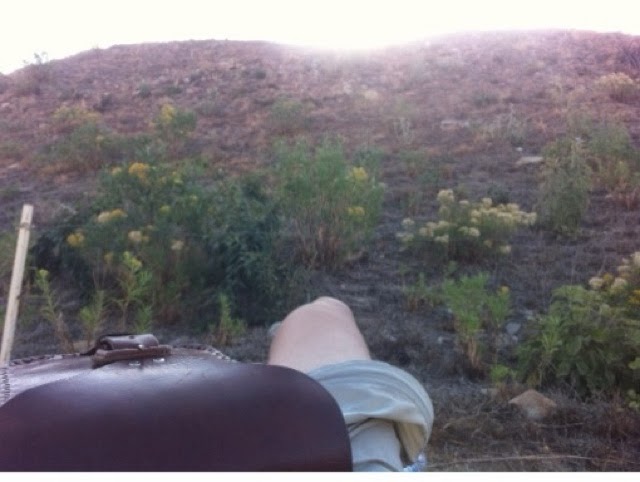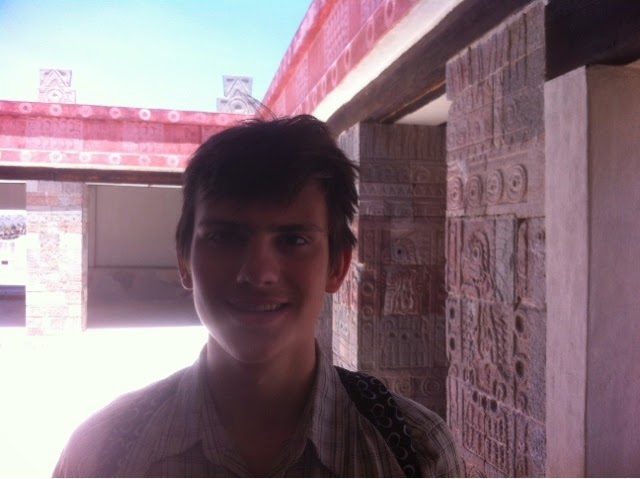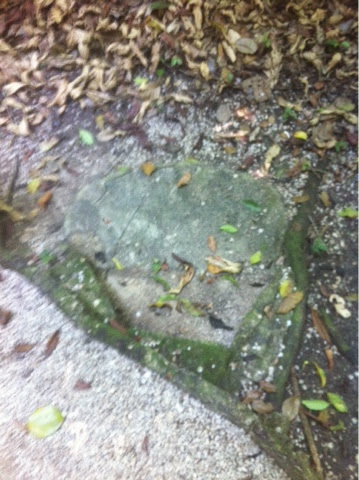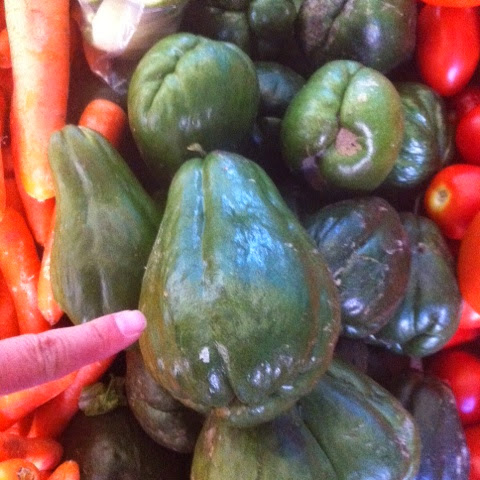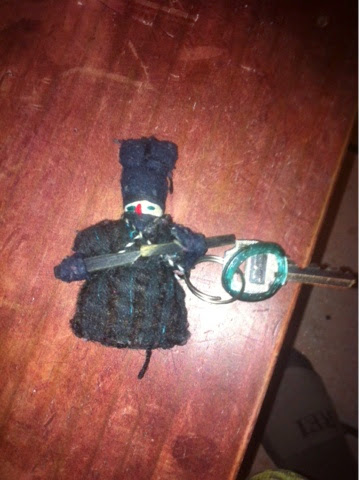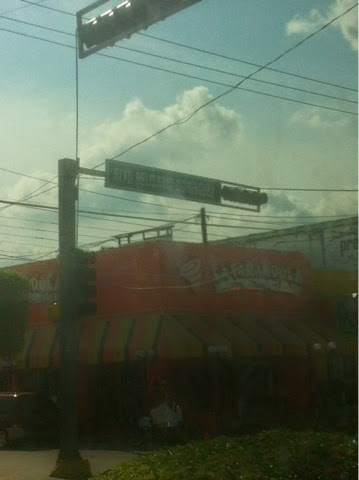Did you know that only about 3 out of 10 Mayan
students in the Guatemalan highlands complete the 6th grade because of extreme
poverty? Most have to quit sometime before then, in order to help earn money
for their families. Of those 3 students that make it through the 6th grade,
only 1 finishes high school. 1 out of 10. This is because after 6th grade,
school costs money. For 7th-9th graders the cost is about $400 and for 10-12th
graders it costs about $600. It might not seem like a lot to us, but families’ salaries
average less than $900 a year, and most have numerous kids.
My Story:
This year will be the third year that I celebrate my birthday by having
a big fundraiser for 2 Mayan students living in Guatemala– Jeany and Erick. In
2014 I was lucky enough to plan and then take a trip to Guatemala during my
last year of homeschool. It was a trip that changed my life. I was able to meet
Jeany, Erick, and their families and I couldn’t believe how thankful they were.
They couldn’t believe that so many American kids would come together to help
them – it really made them feel good. With the extra money I raised, I got to
take each family into the town and buy each of the many children something they
needed, like shoes or a sweater. I was told that this NEVER happens. If, by any
chance there is any extra money in a family, only 1 child at a time gets
anything new and even THAT is a huge deal. So for every kid in the family to
get 1 new thing, it was like the biggest thing that ever happened to them.
Beyond a lack of education, most of these
families struggle and live a subsistence lifestyle. Many still bathe and wash
clothes in the lake. The towns around Lake Atitlan actually have to share water
service. Each town receives running water for only a few hours a couple days a
week. During this time, families and businesses fill up barrels and small
cisterns to use sparingly until the next service.
When I was there in 2014, I got really, really
sick and had to go to the doctor. However, the doctor's office had run out of
water. So they had to take buckets to neighboring businesses to fill them up
and bring back JUST to flush the toilet and so I could wash my hands. (There
are more stories and if you ever want to hear any, just ask me.)
The whole trip made me really reflect on how
much people in the USA take things for granted. School… clean water, HOT water,
any water at all… shoes that actually fit, a NEW sweater… a doctor’s
appointment & a doctor’s office that is clean, and has water…
Now that Ive made a long story, long… that’s
why I keep having birthday fundraising parties. For kids to help other kids and
to change lives. Jeany and Erick are now in 11th grade and 8th
grade respectively and their lives have already changed for the better. Jeany’s
high school experience is training her to be a preschool teacher, so even if
she doesn’t go to college, she will be able to get a decent paying job and
maybe help her family break the poverty cycle. During her vacations, Jeany
works part-time at a travel agency where she gets to practice her English
skills and learn about office work. Next year, when Erick is in high school, he
will get similar experiences and hopefully, ultimately help his family break
the cycle of poverty.
I really hope you can make it to the party but
if you can’t and still want to donate to this amazing cause, thank you!



